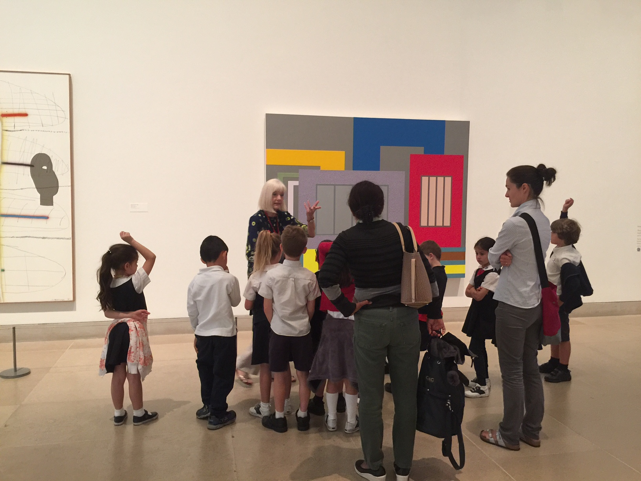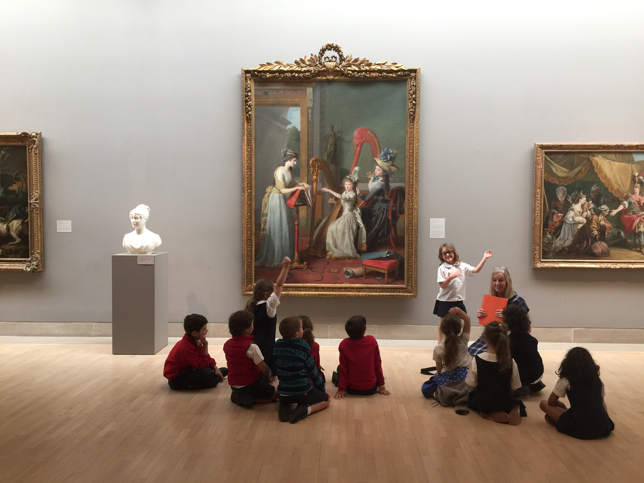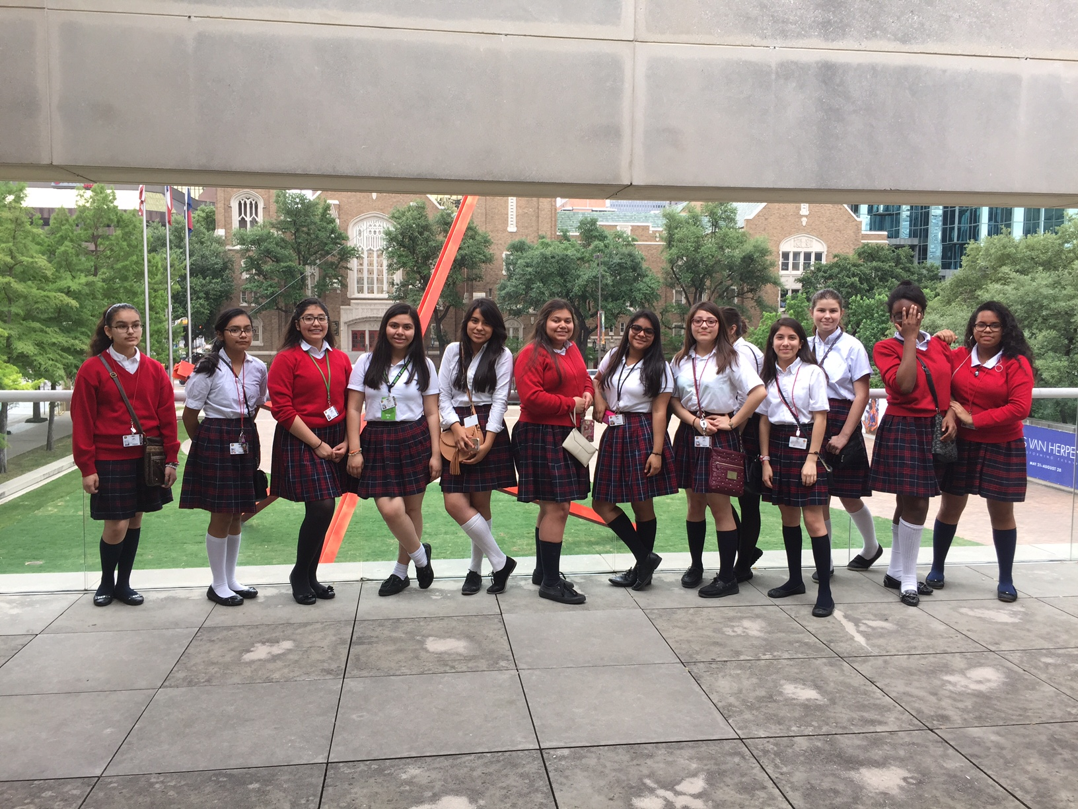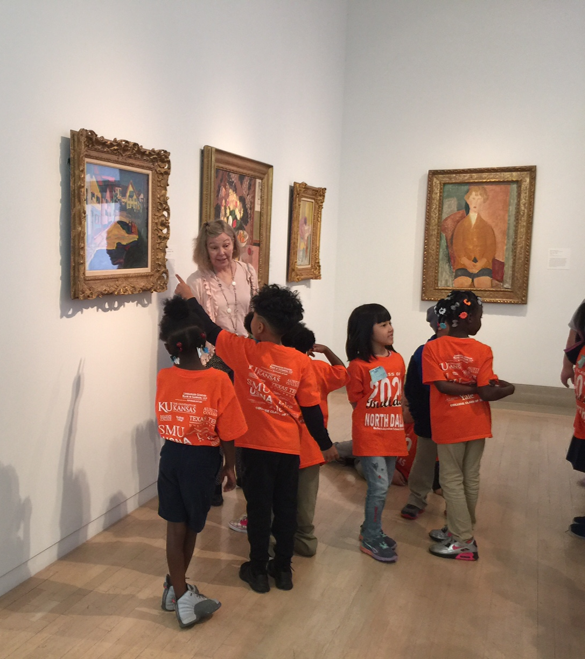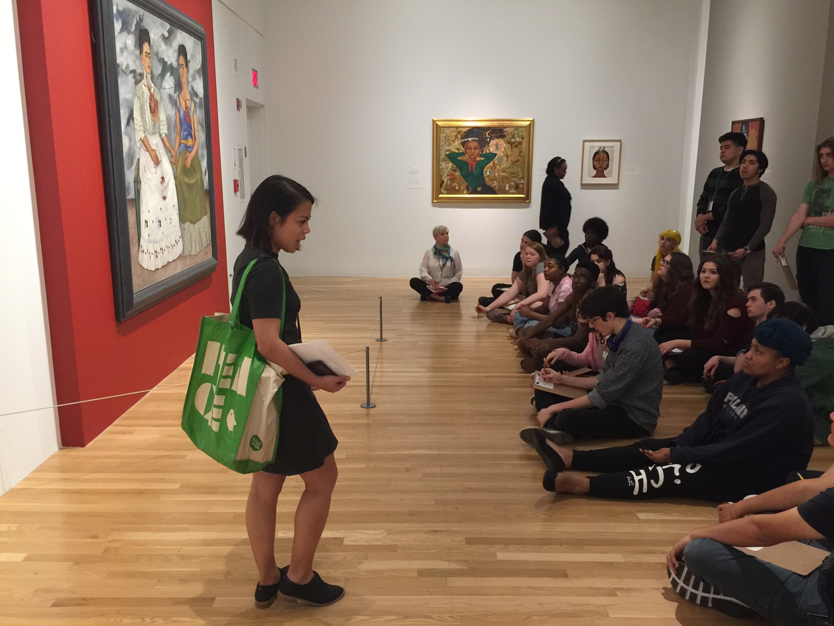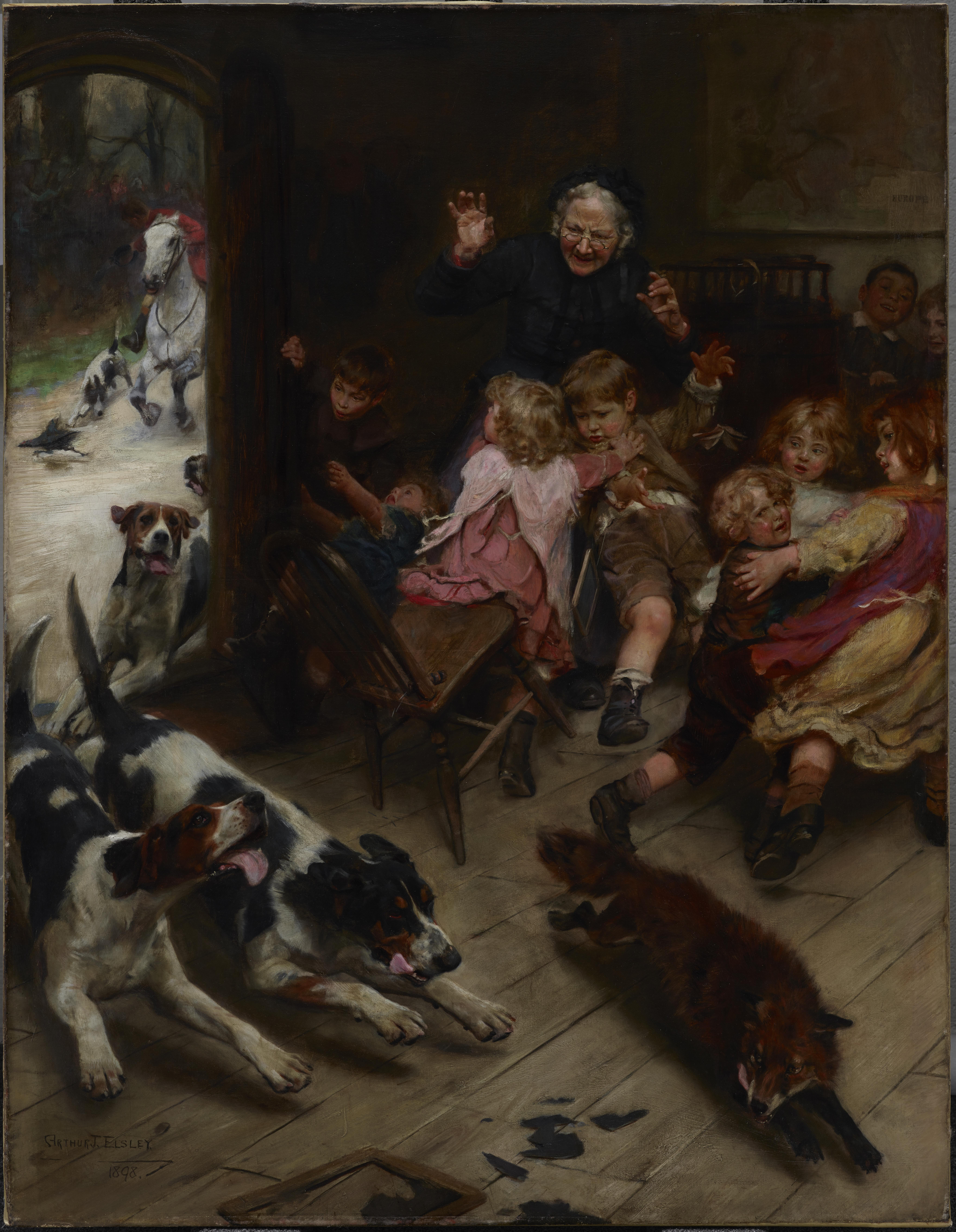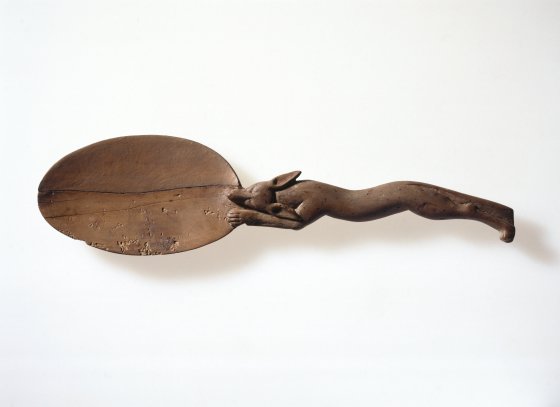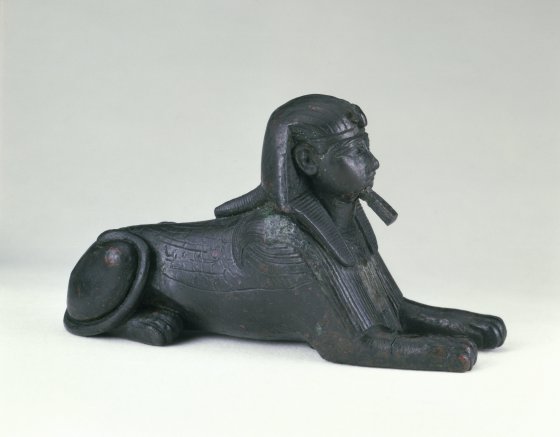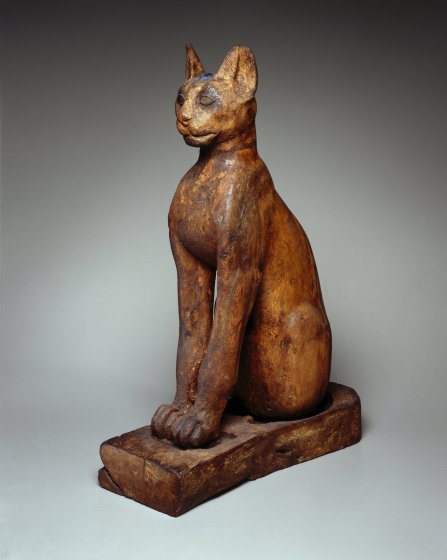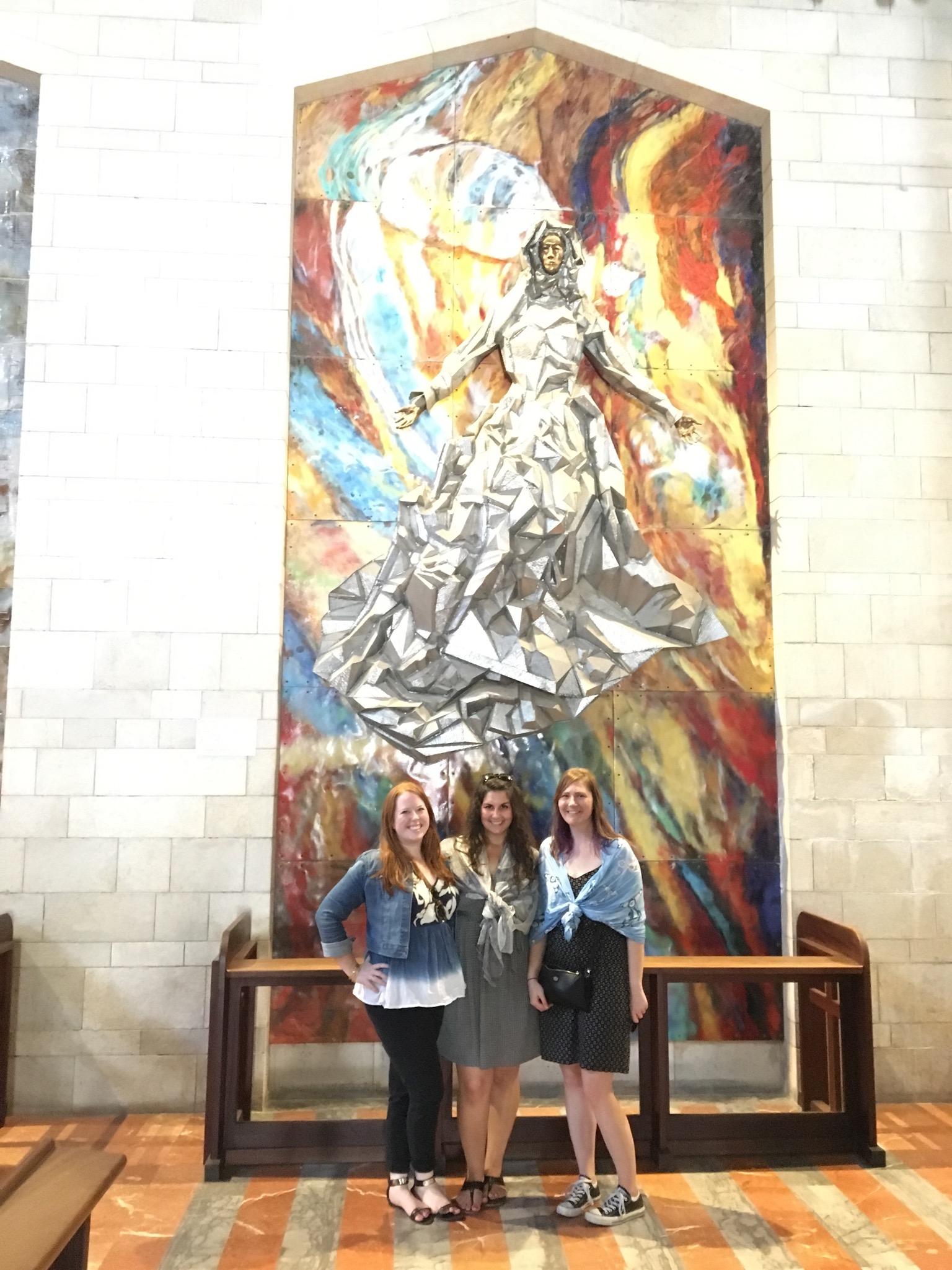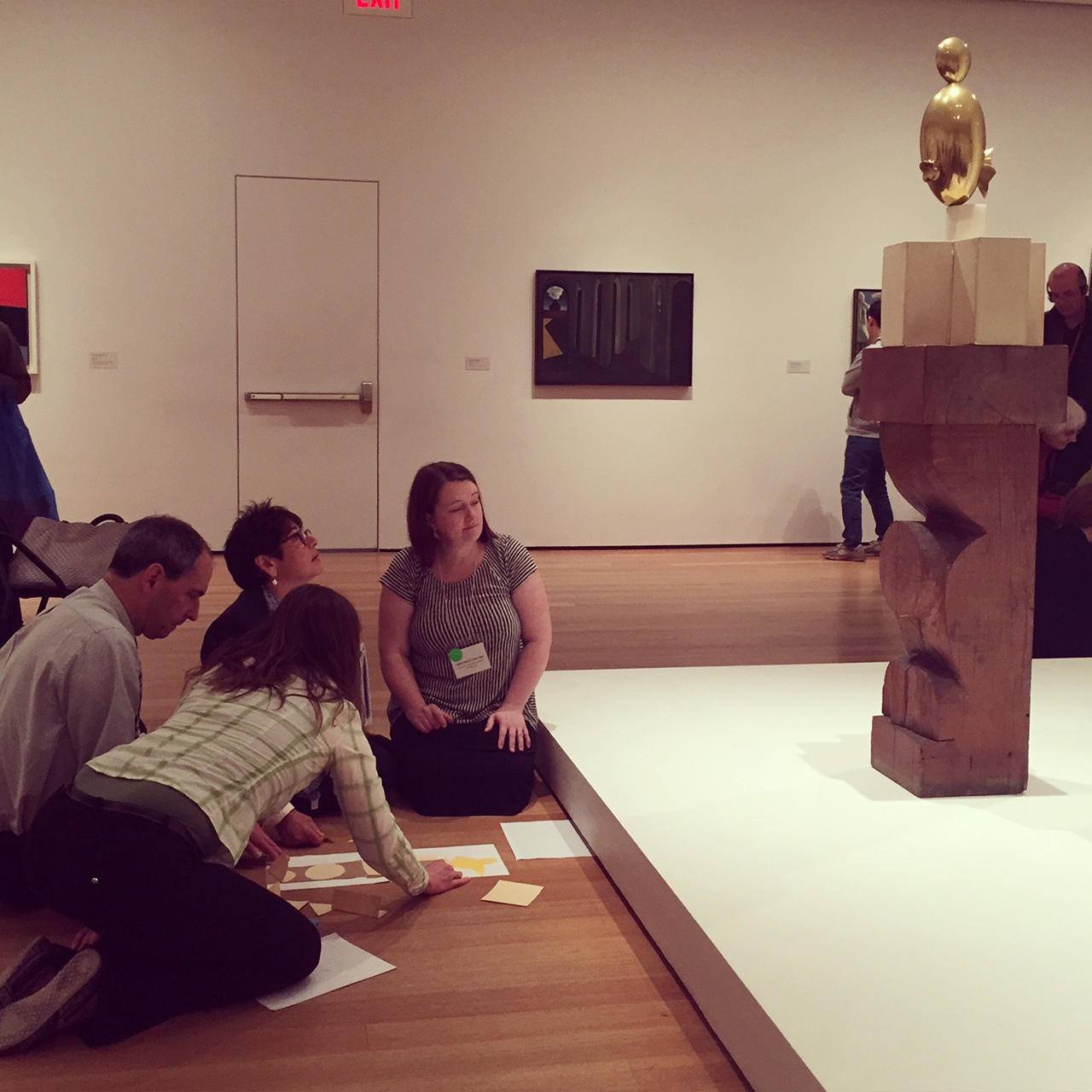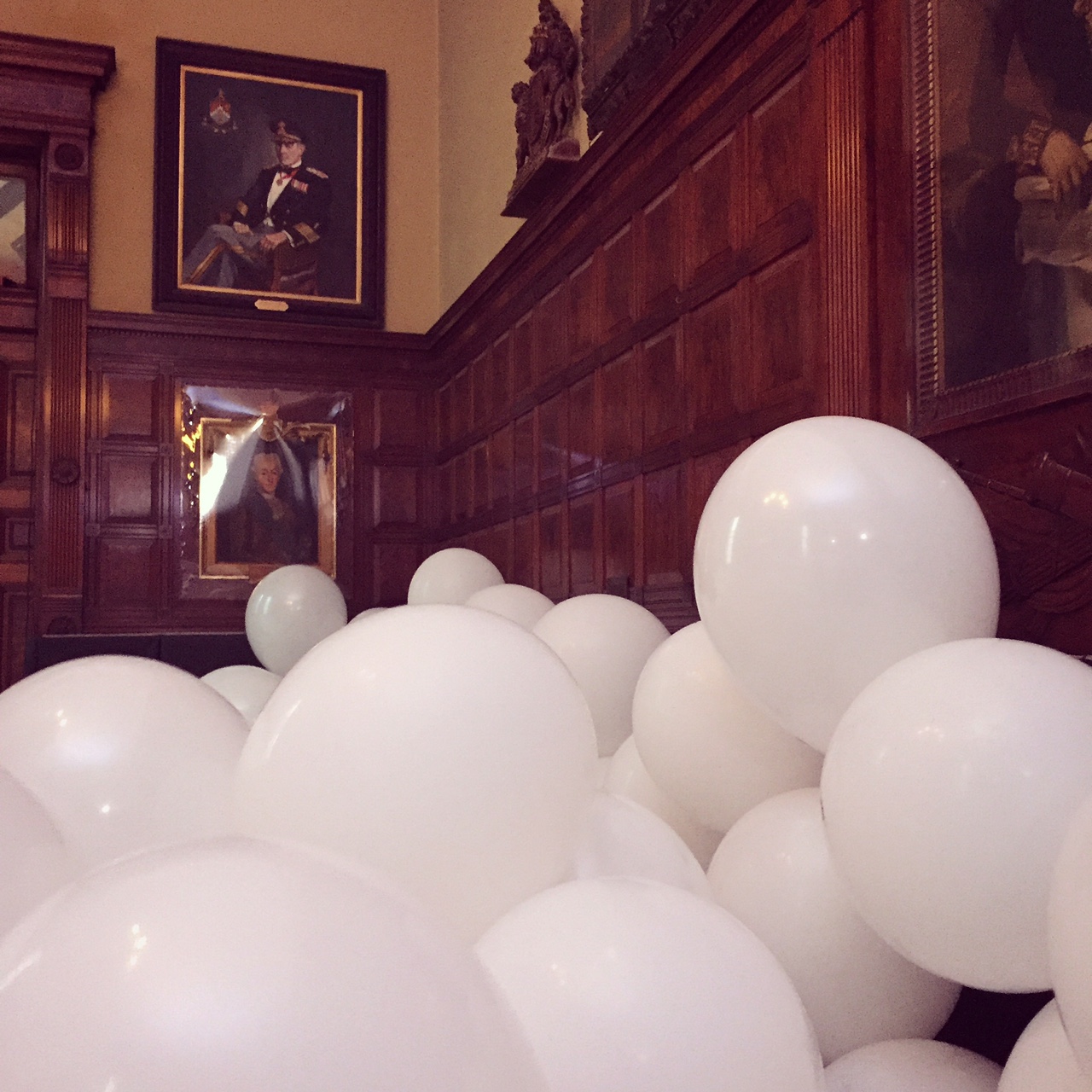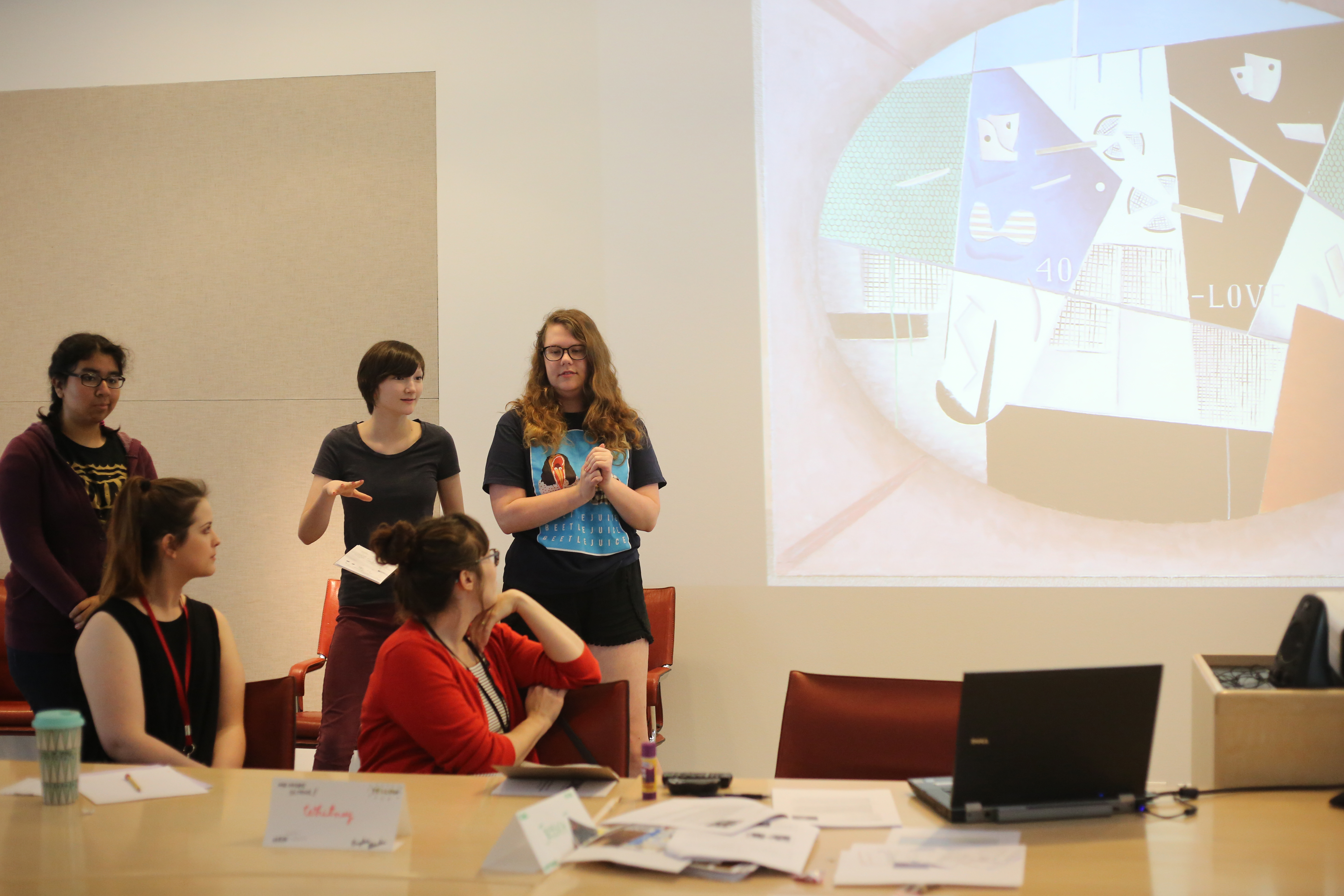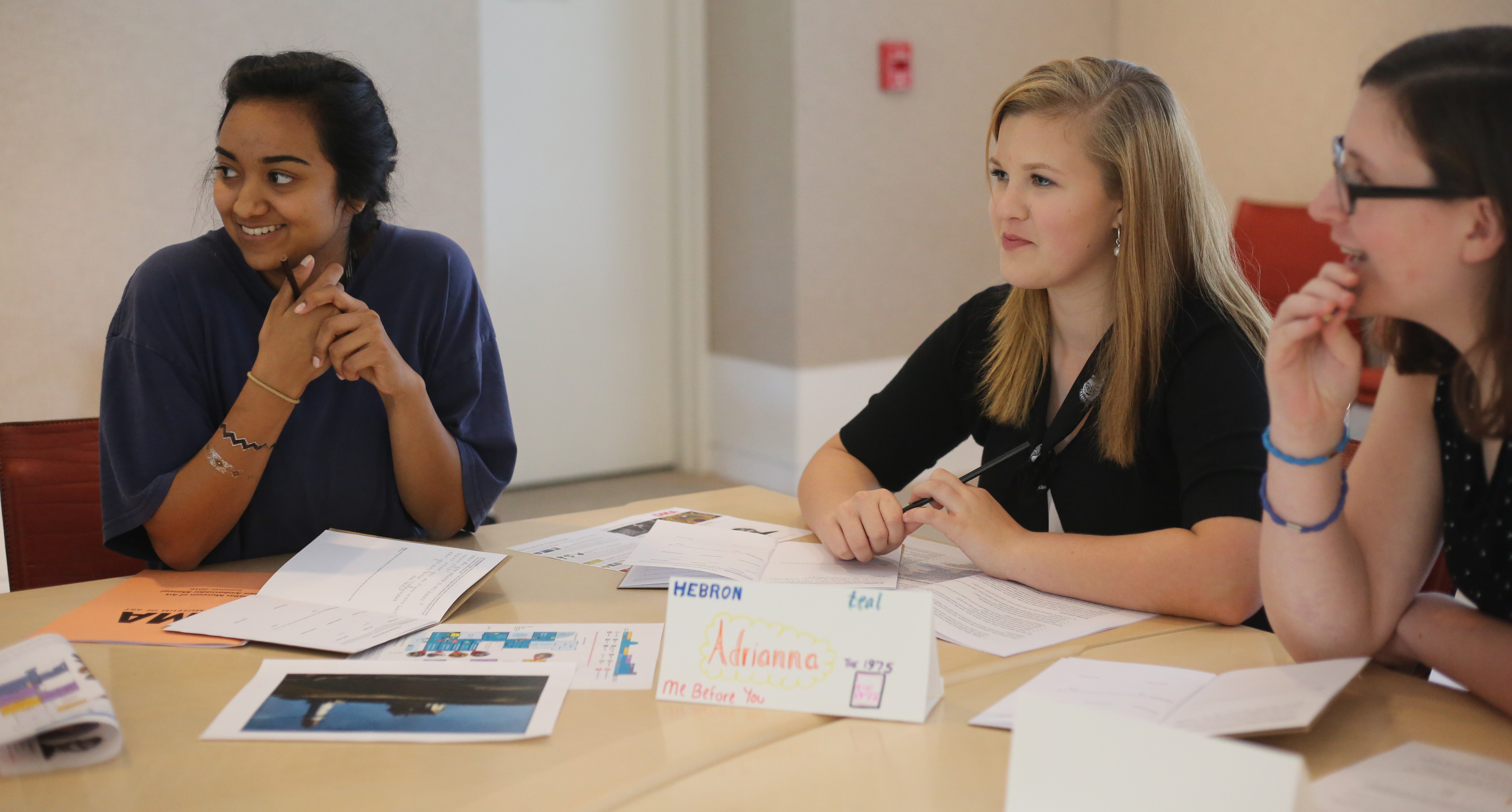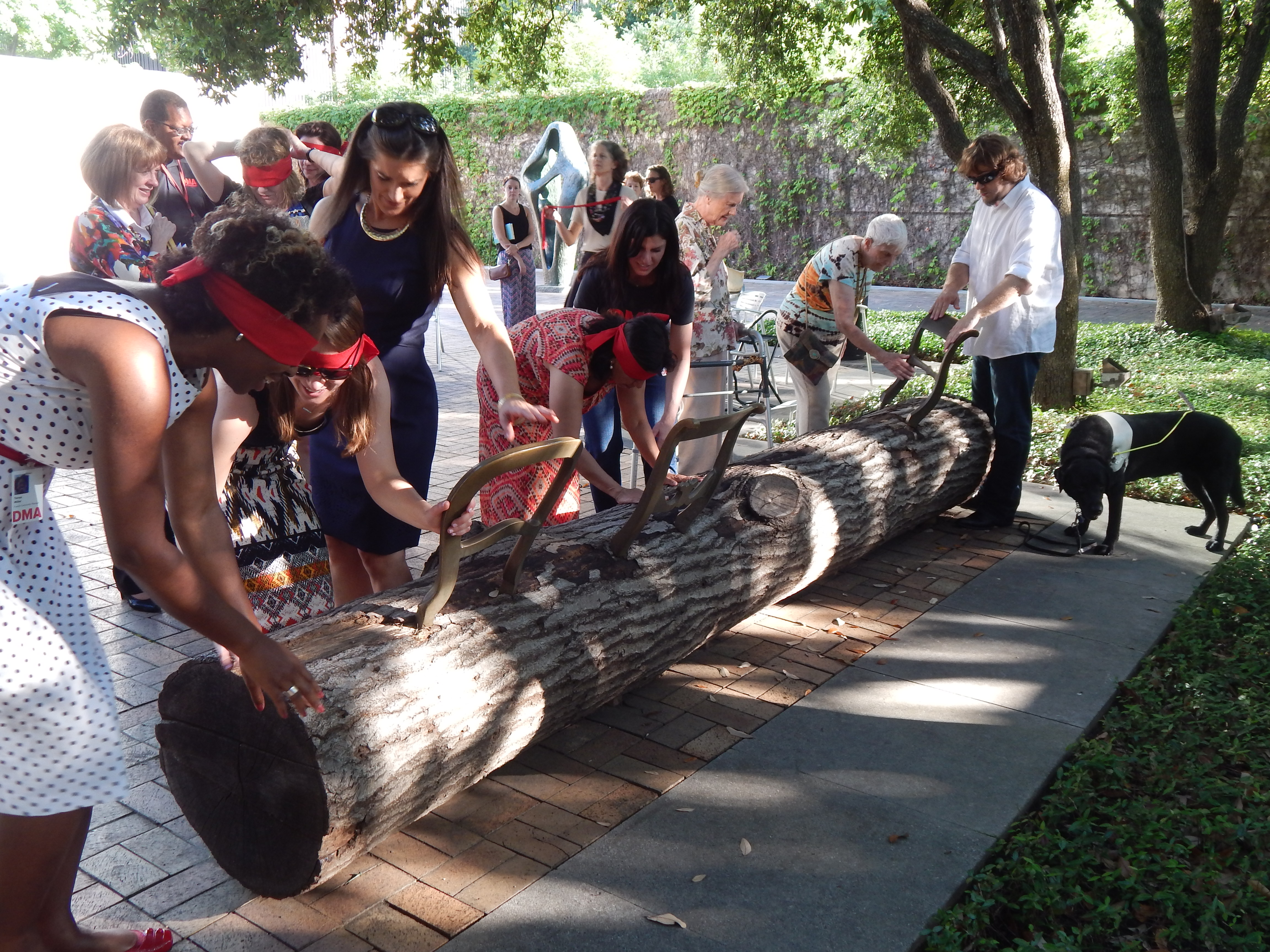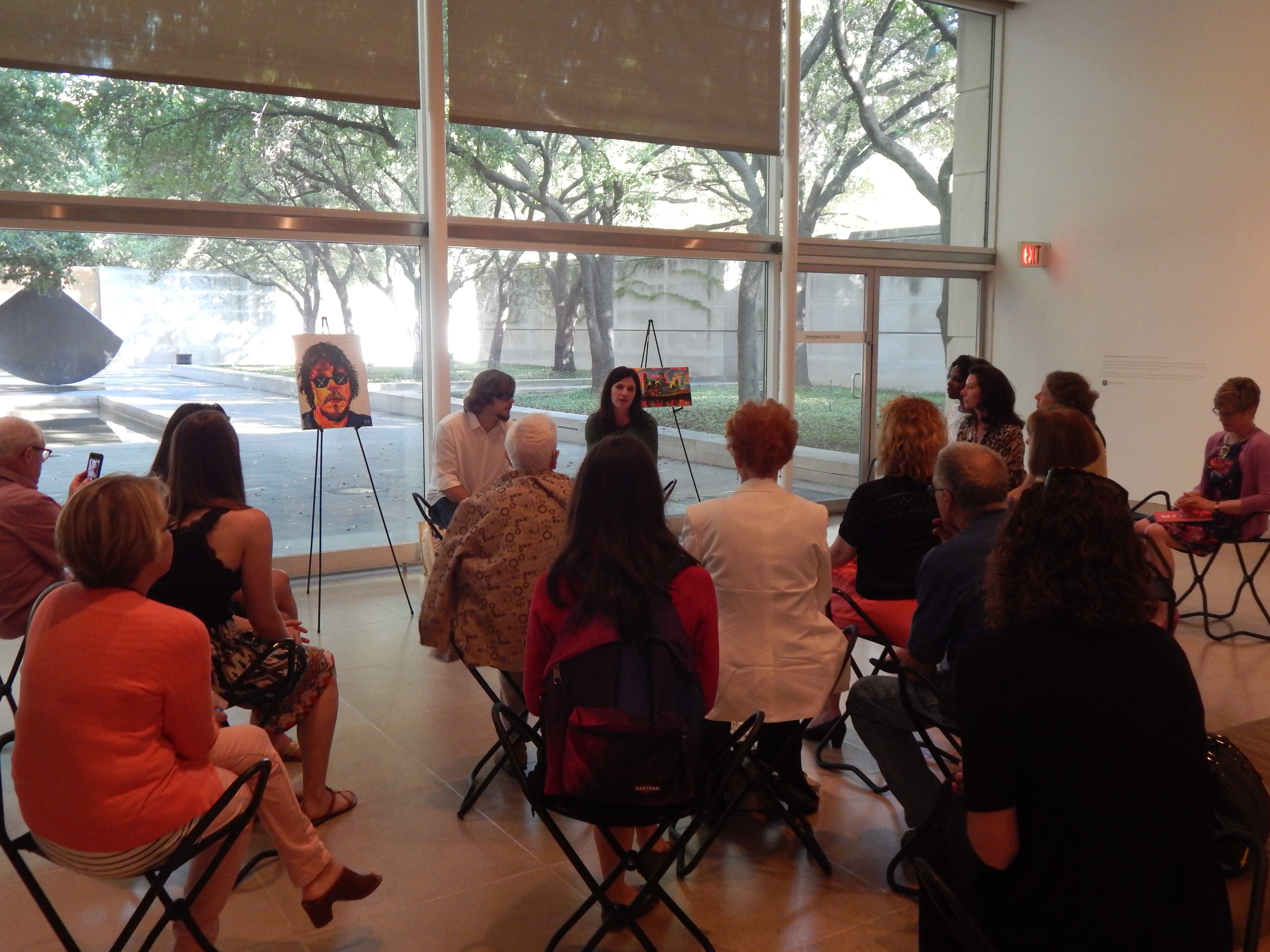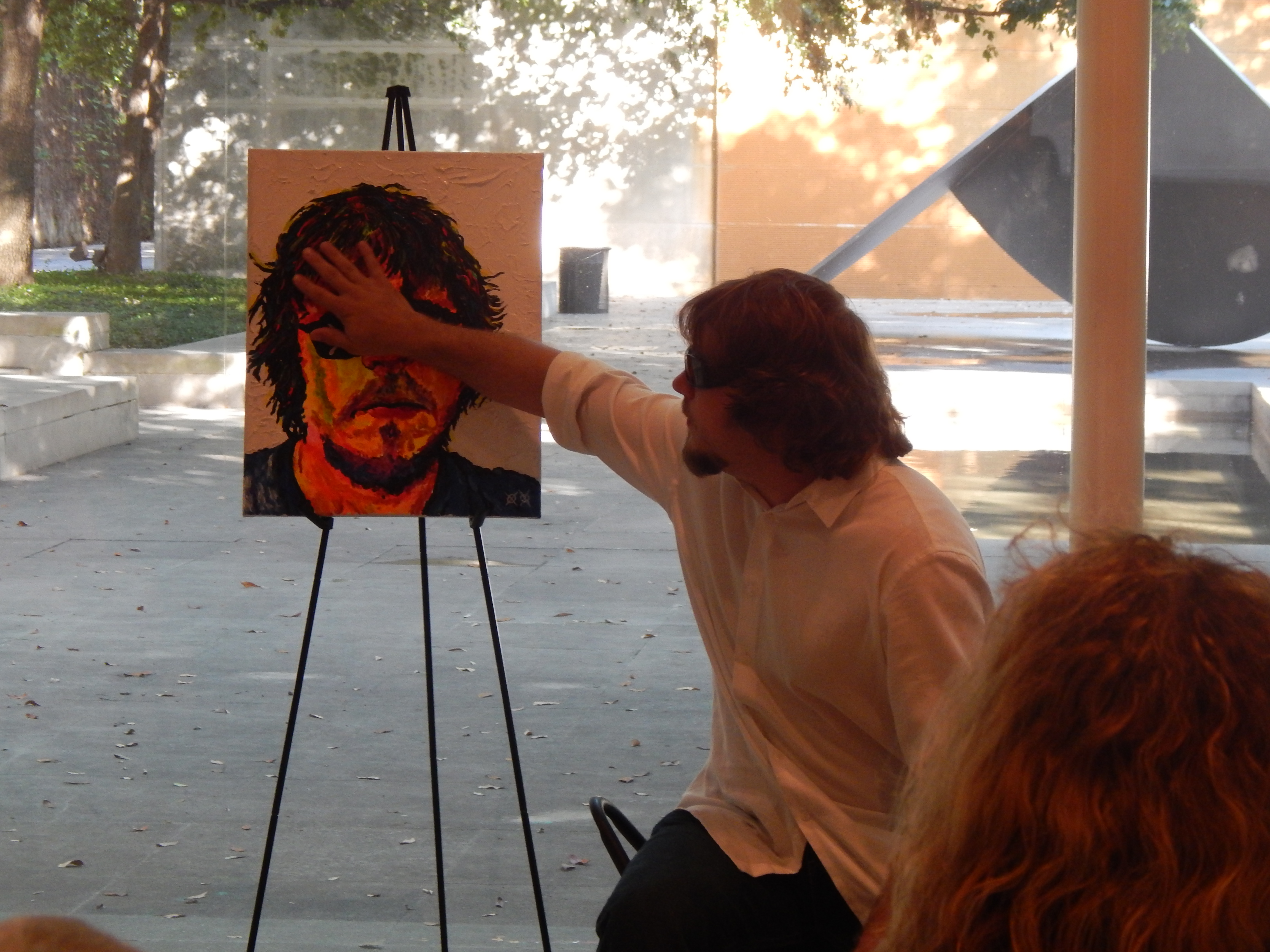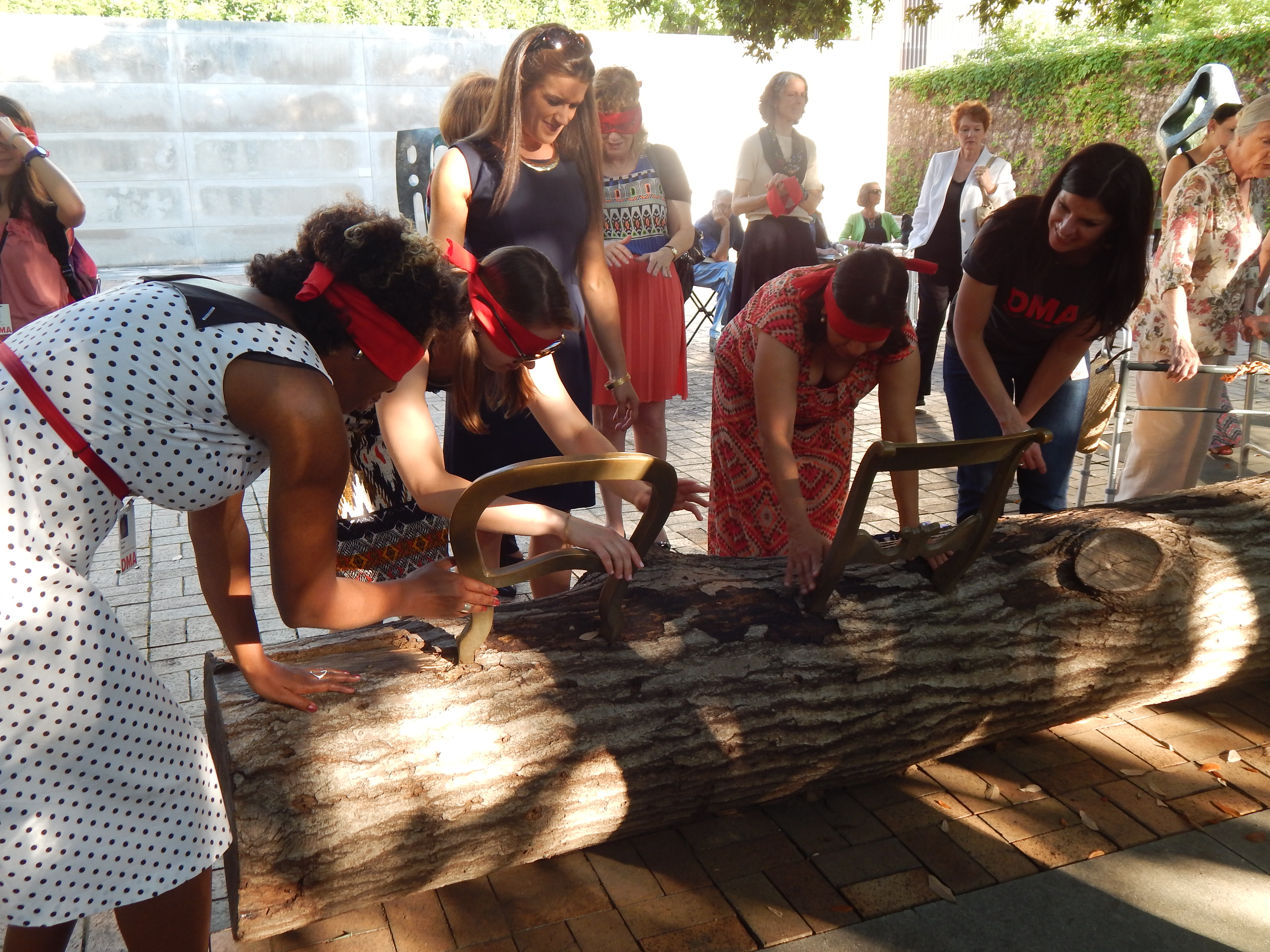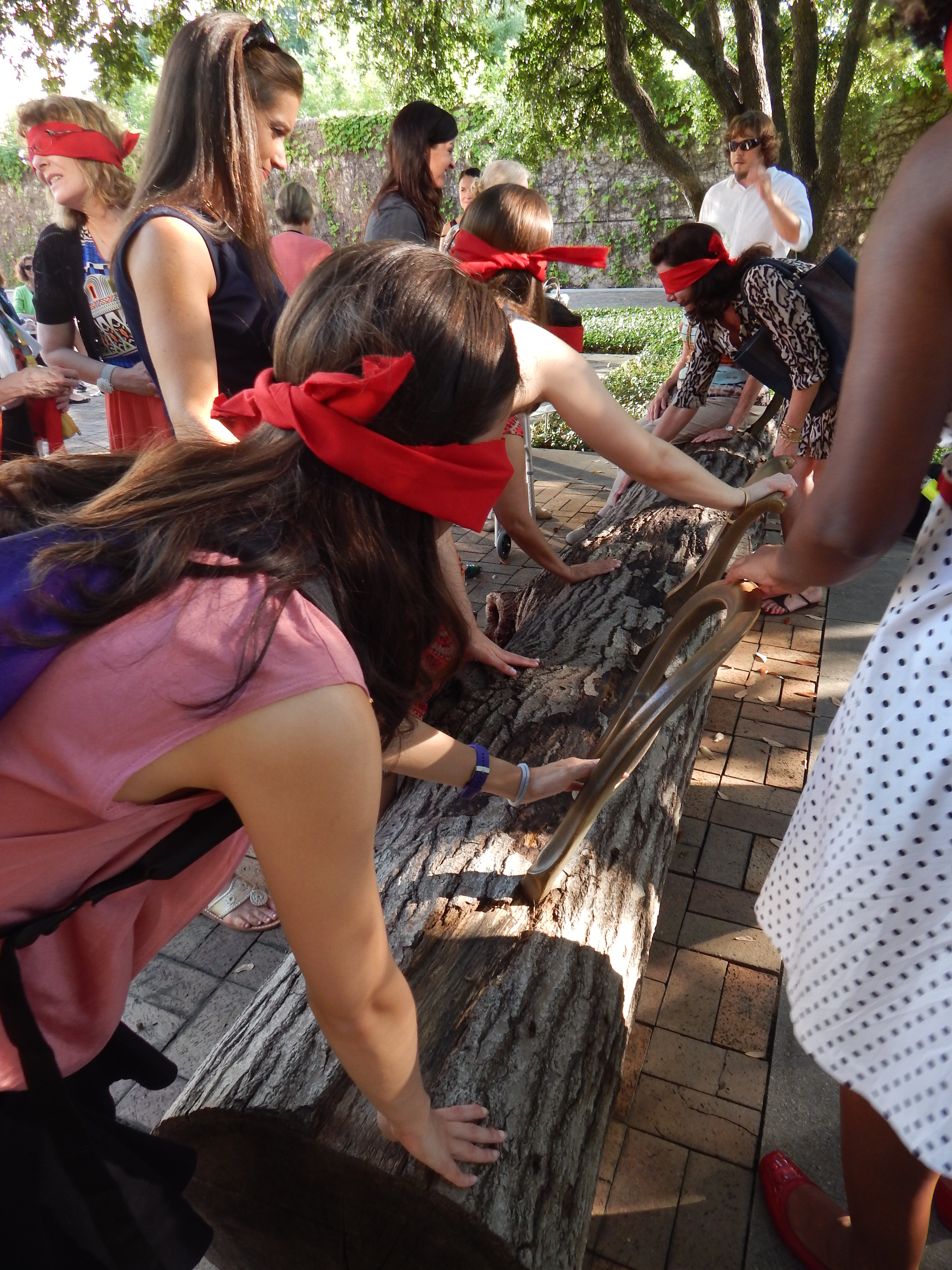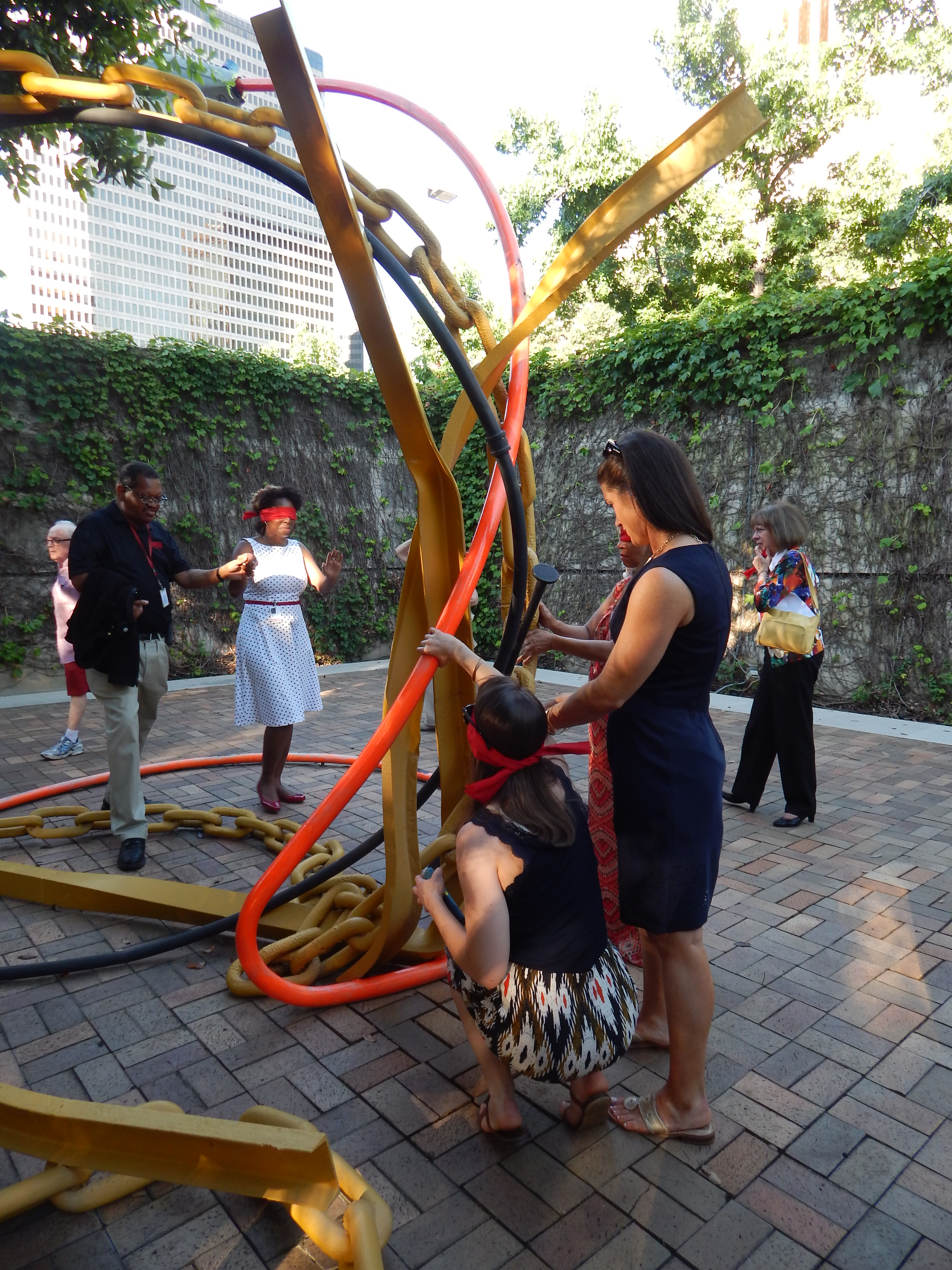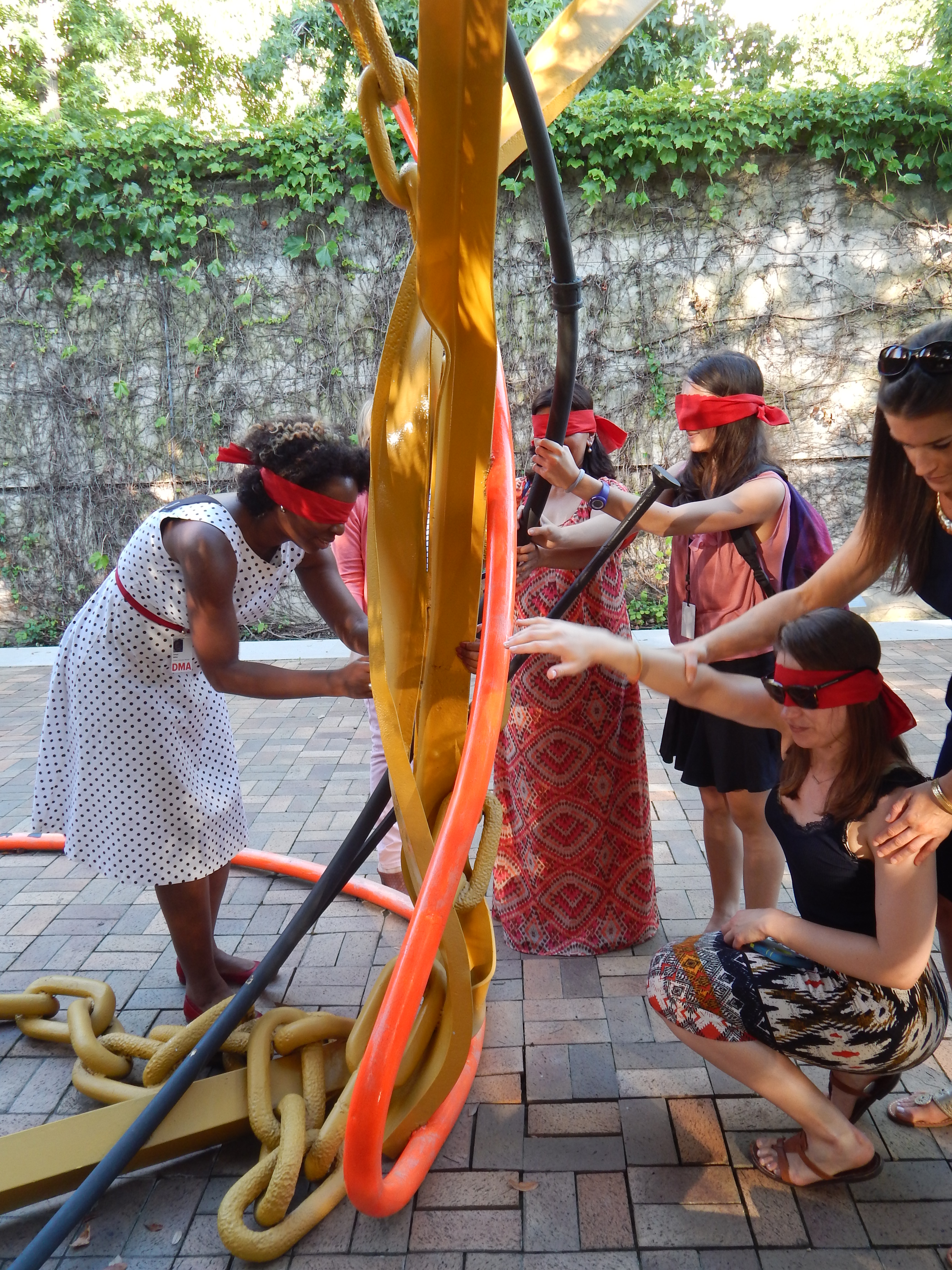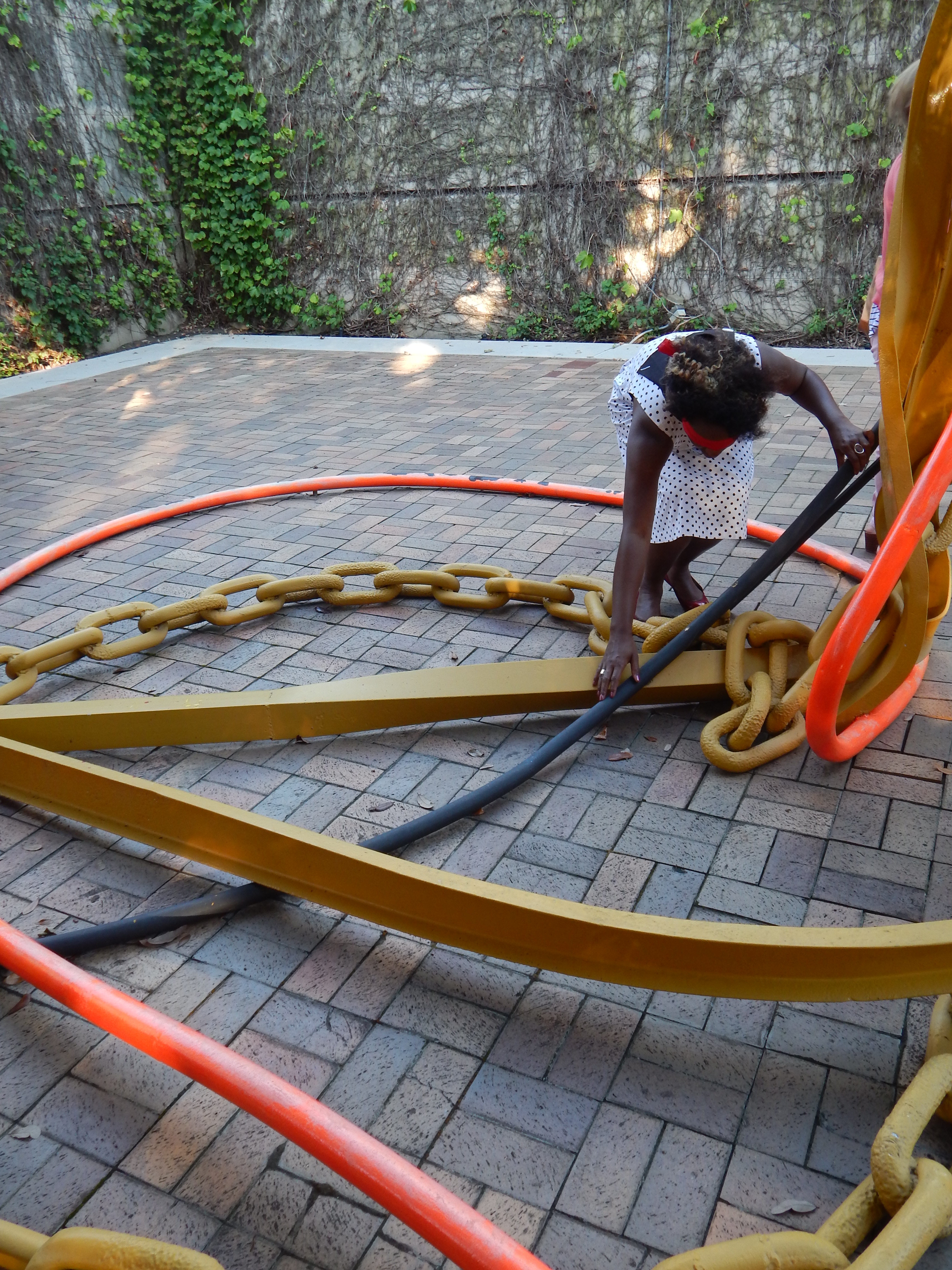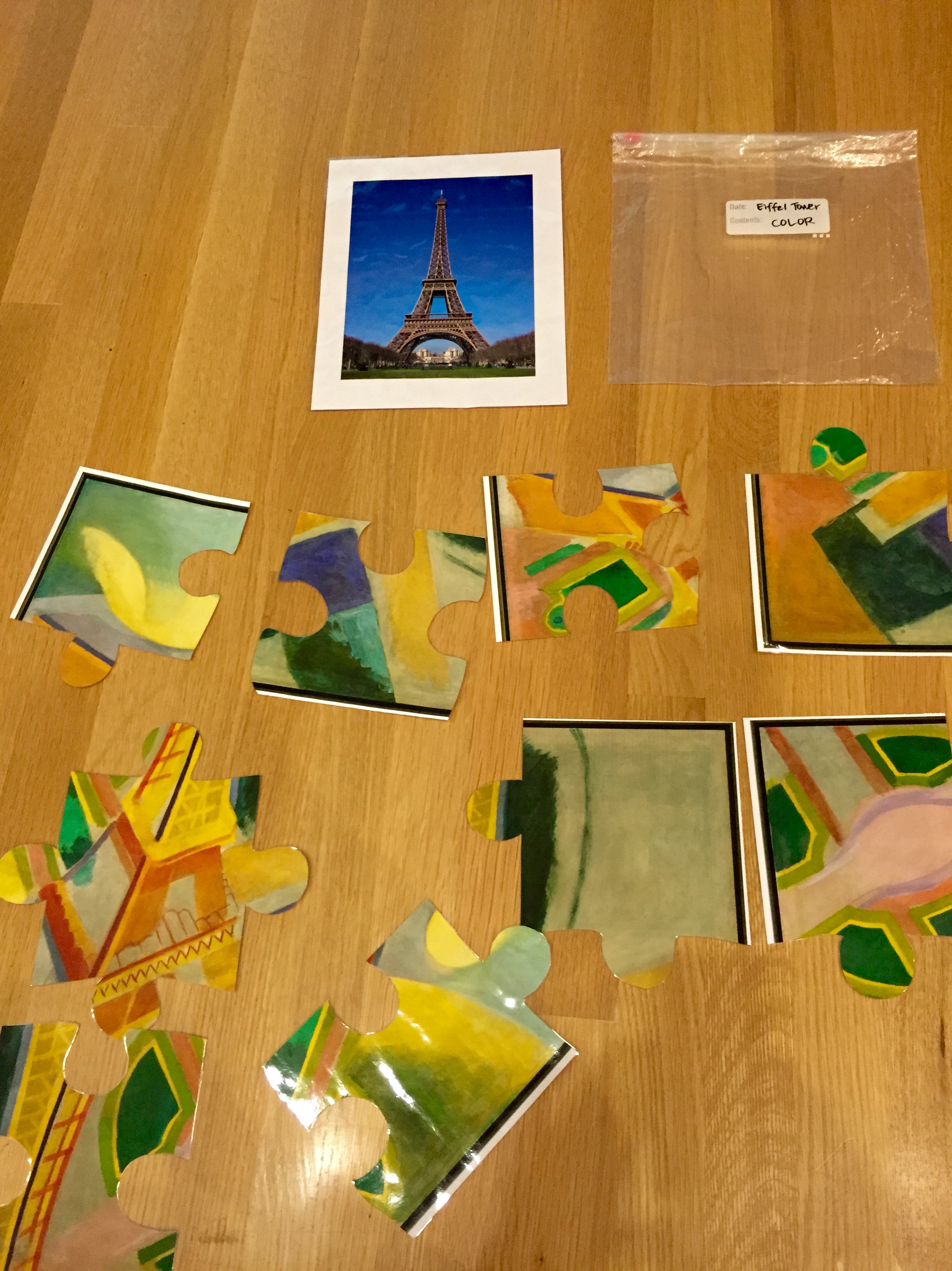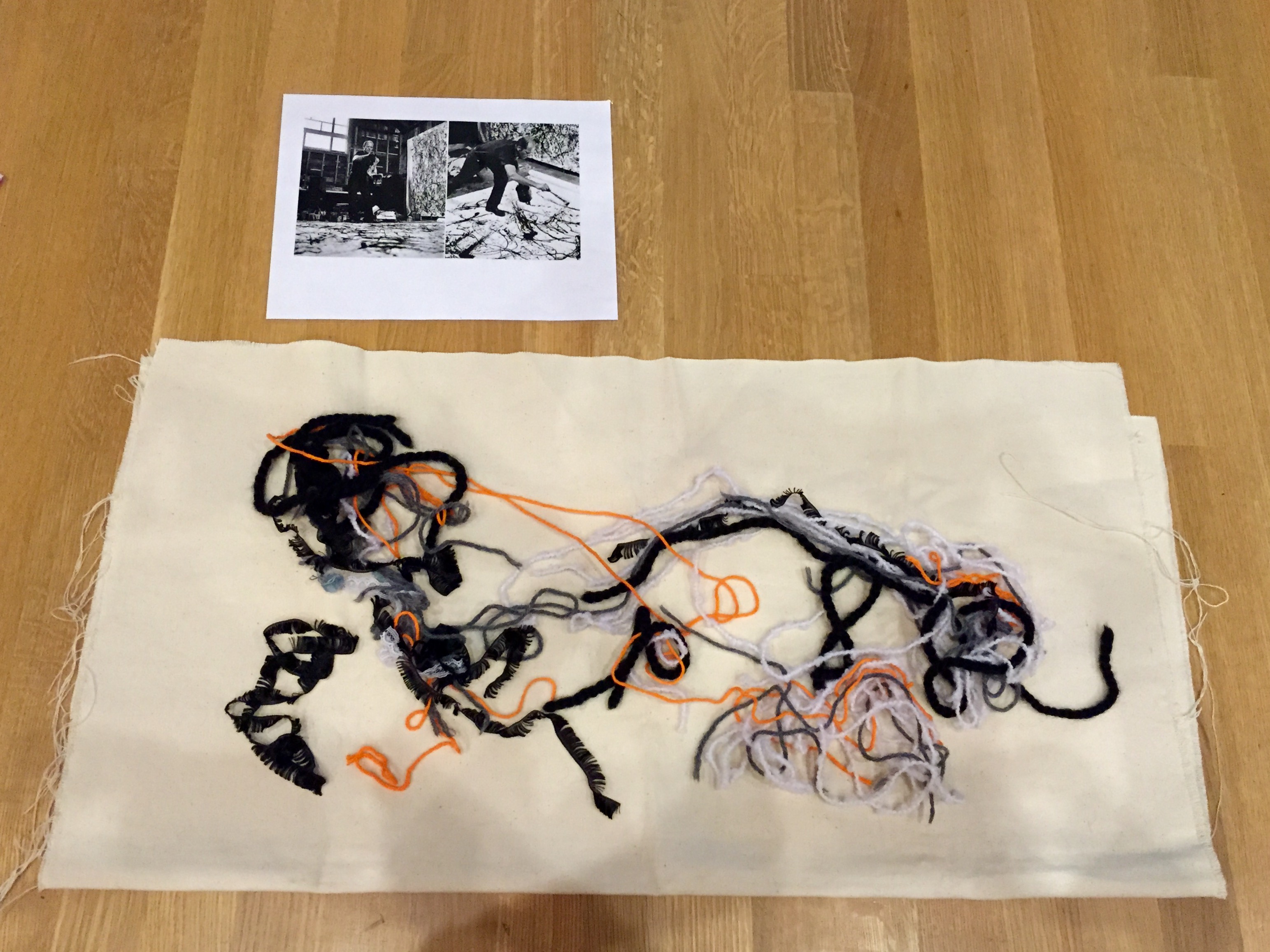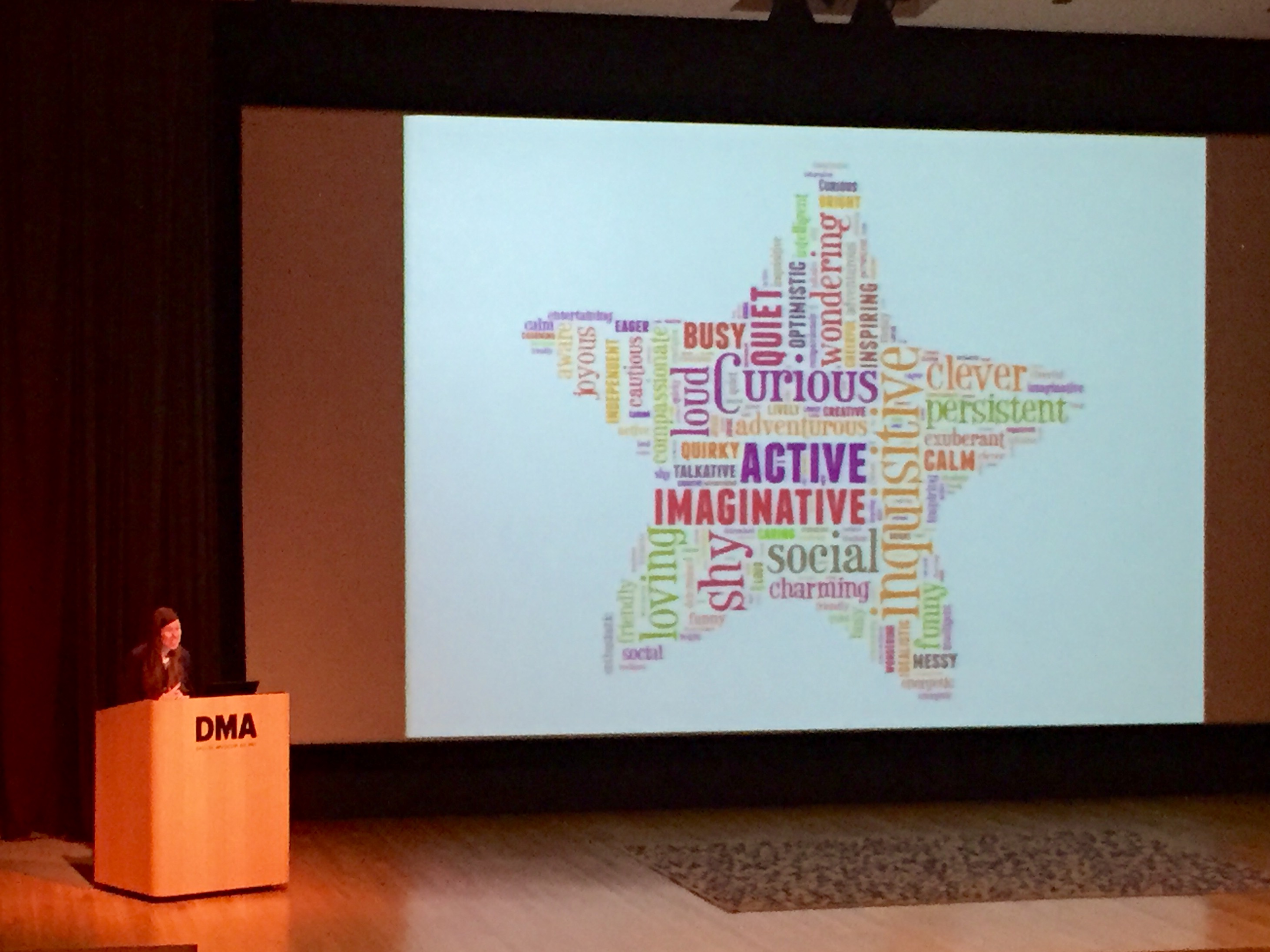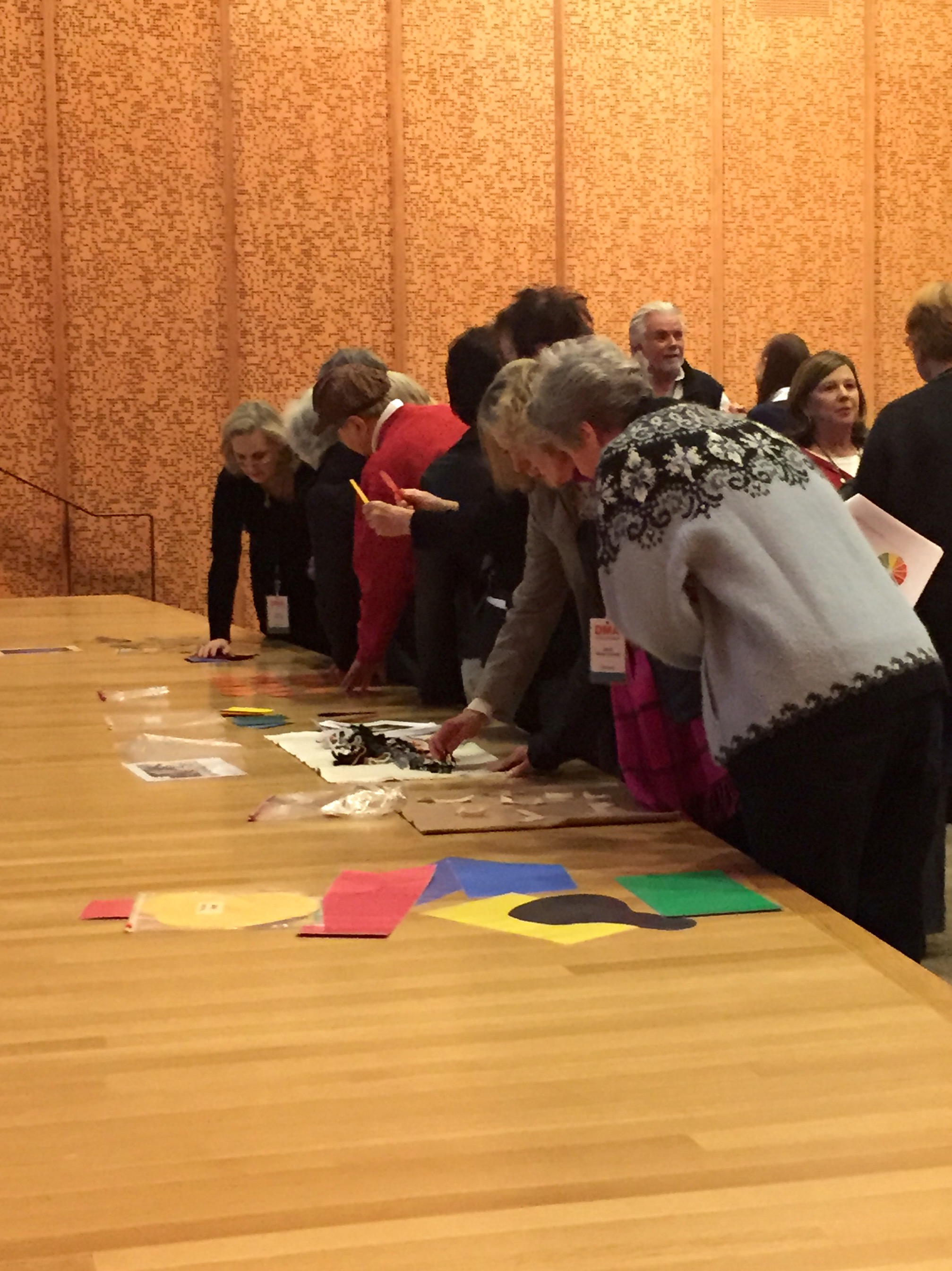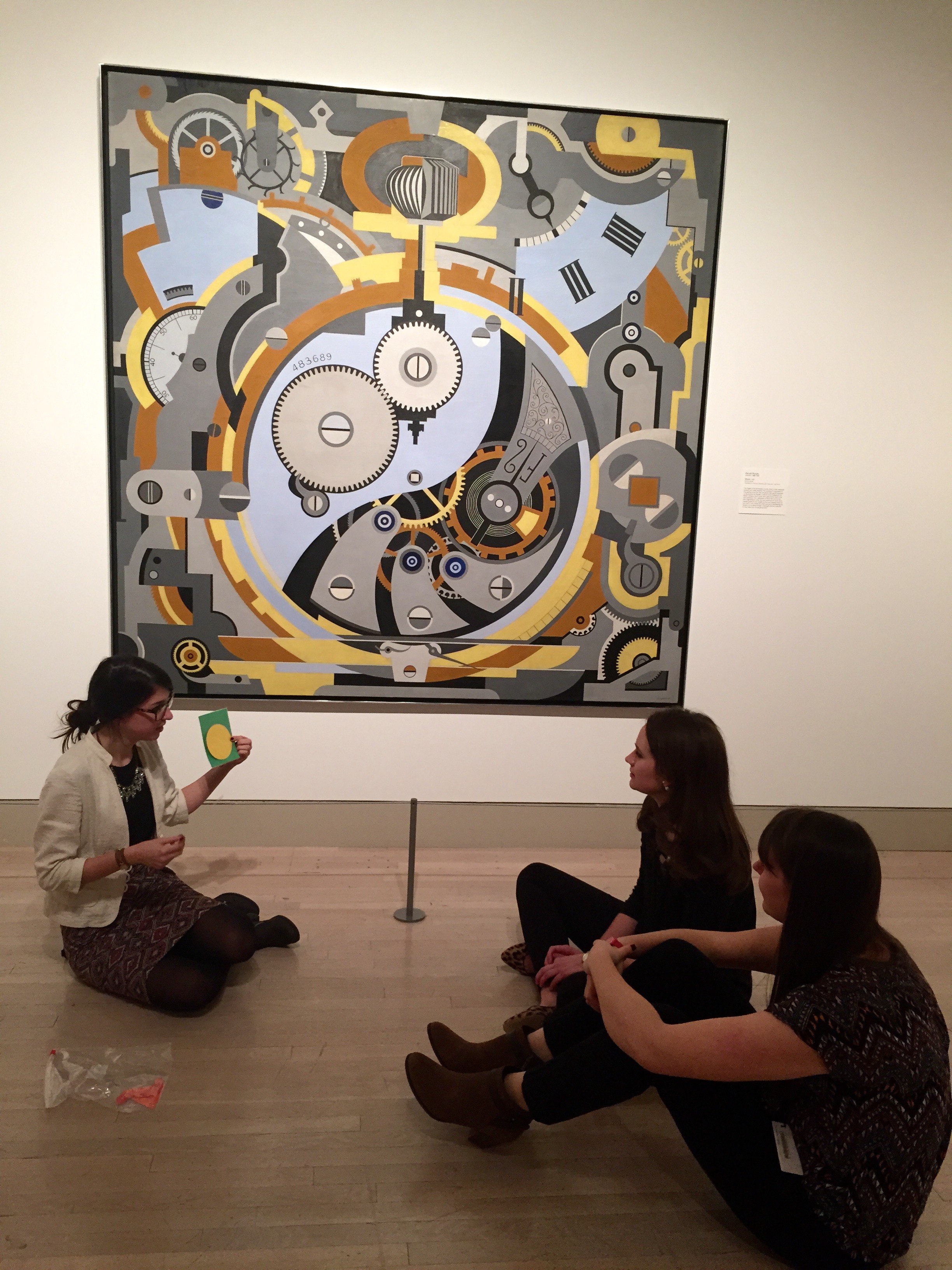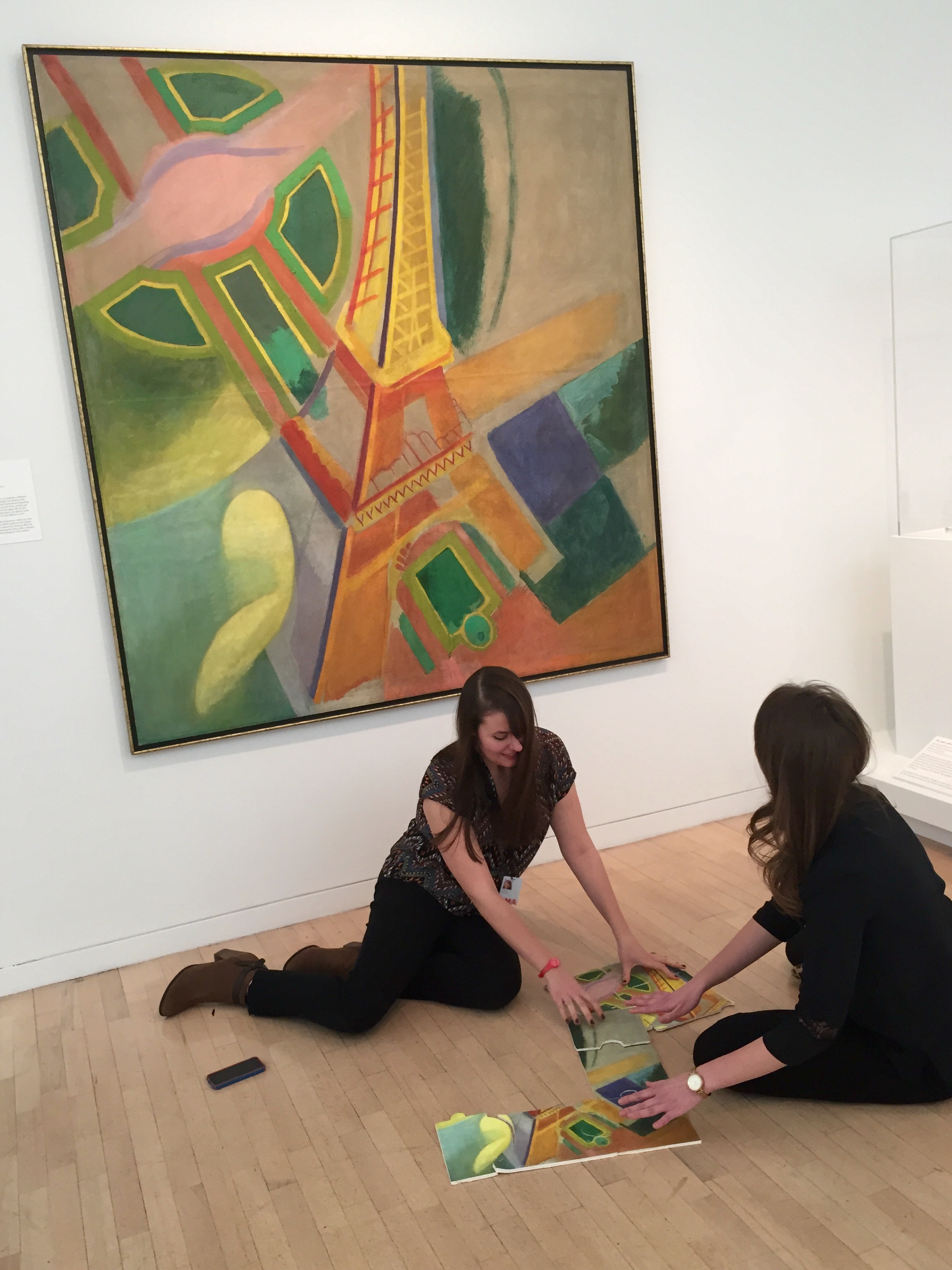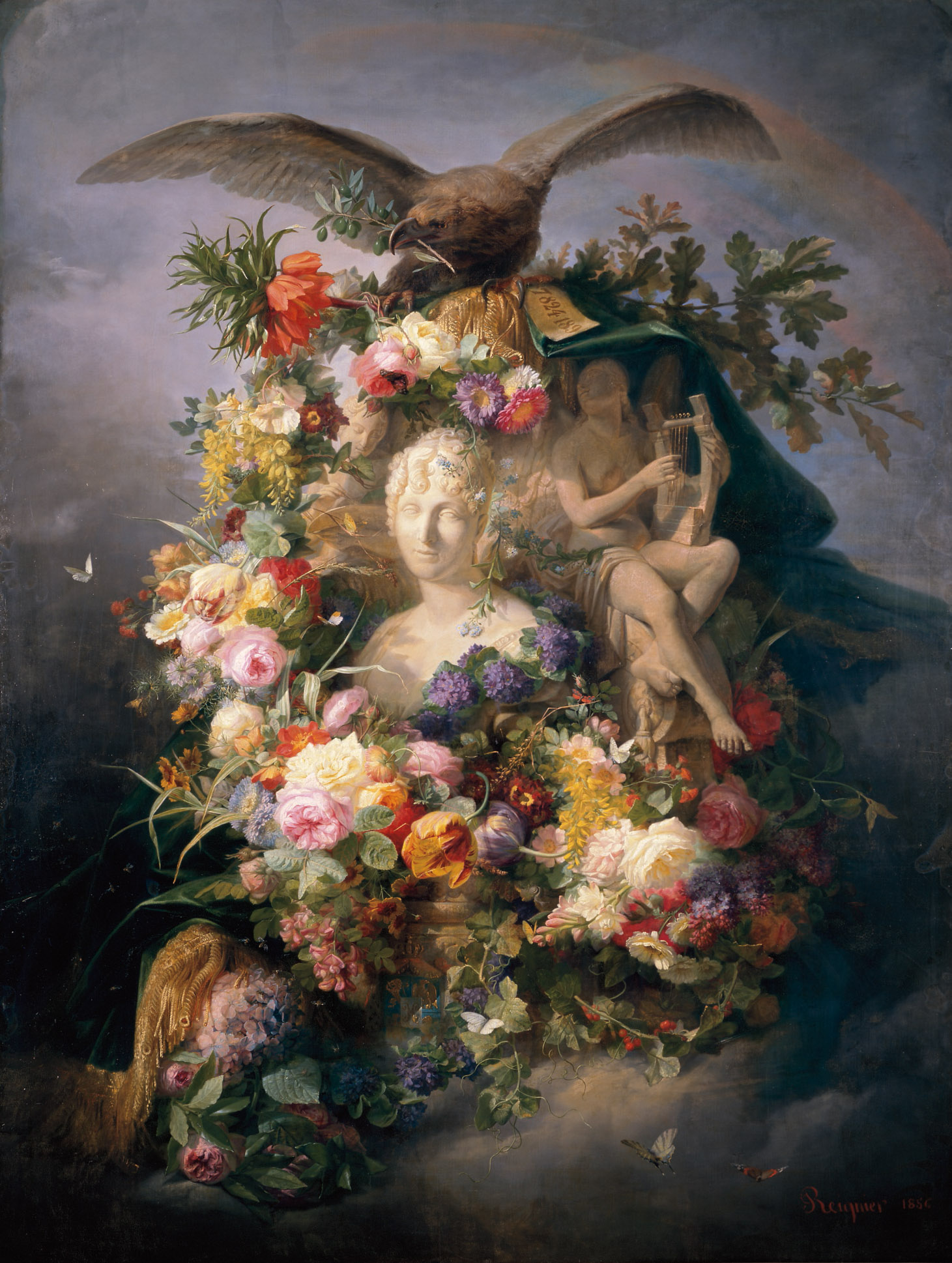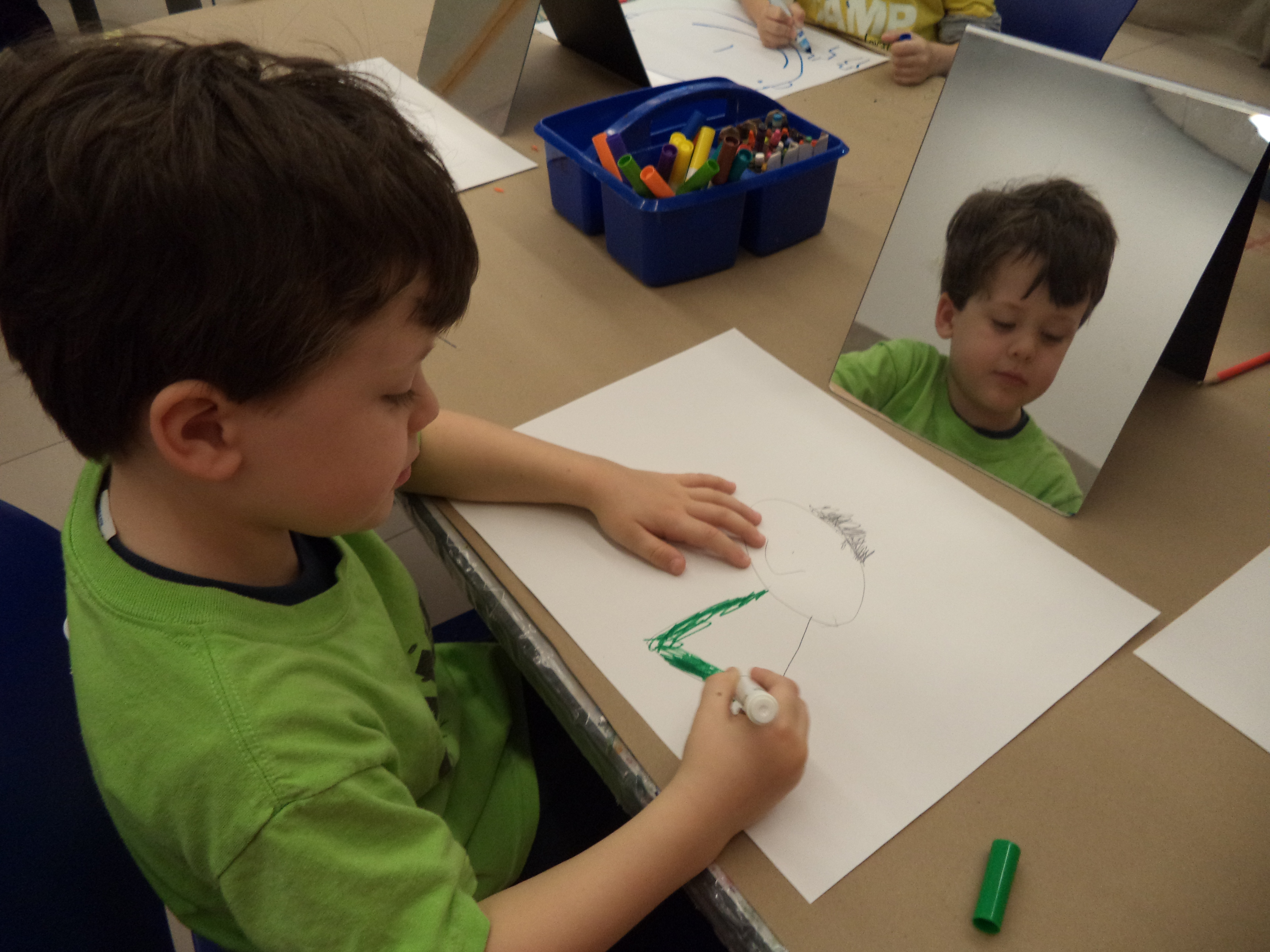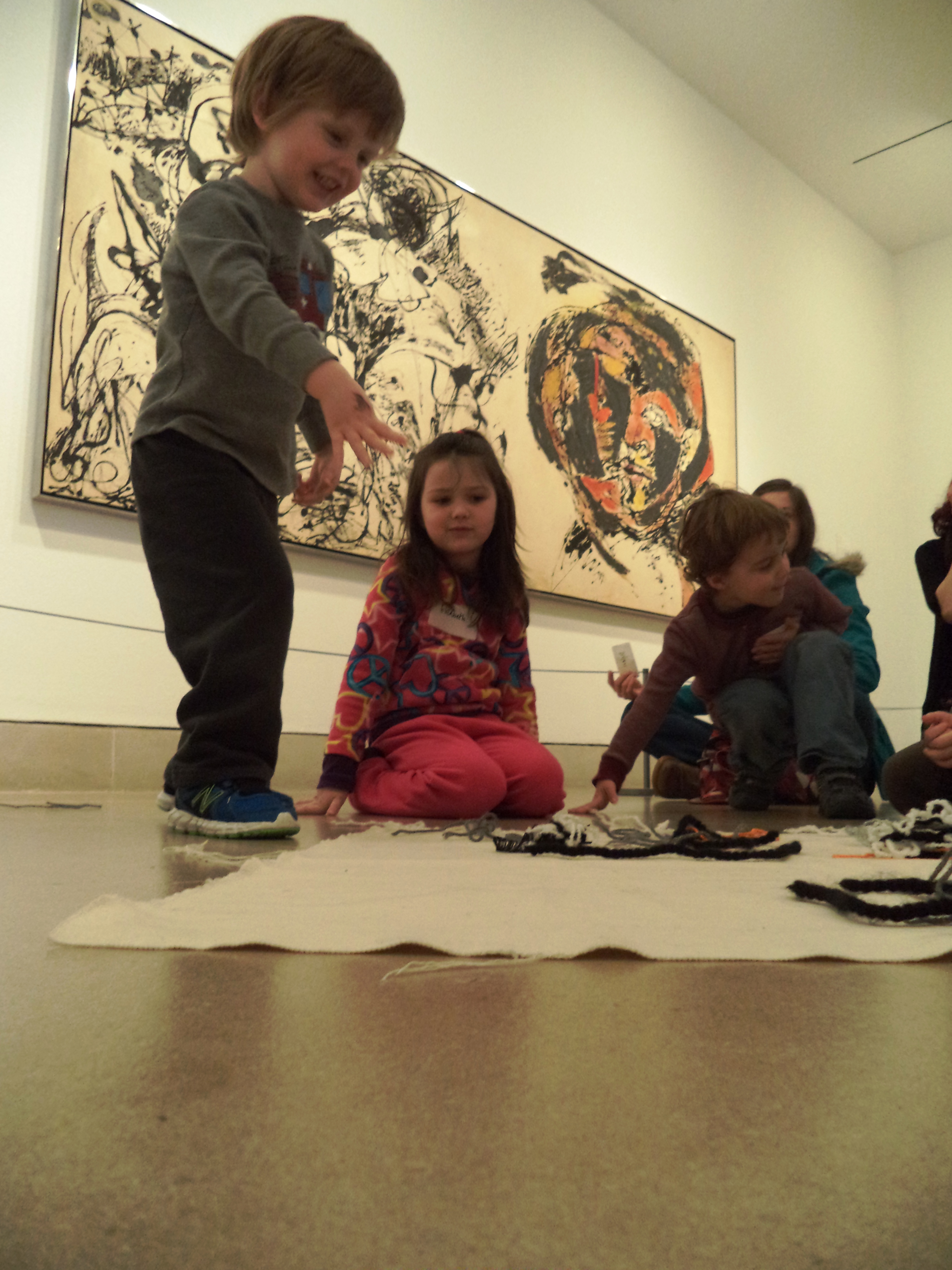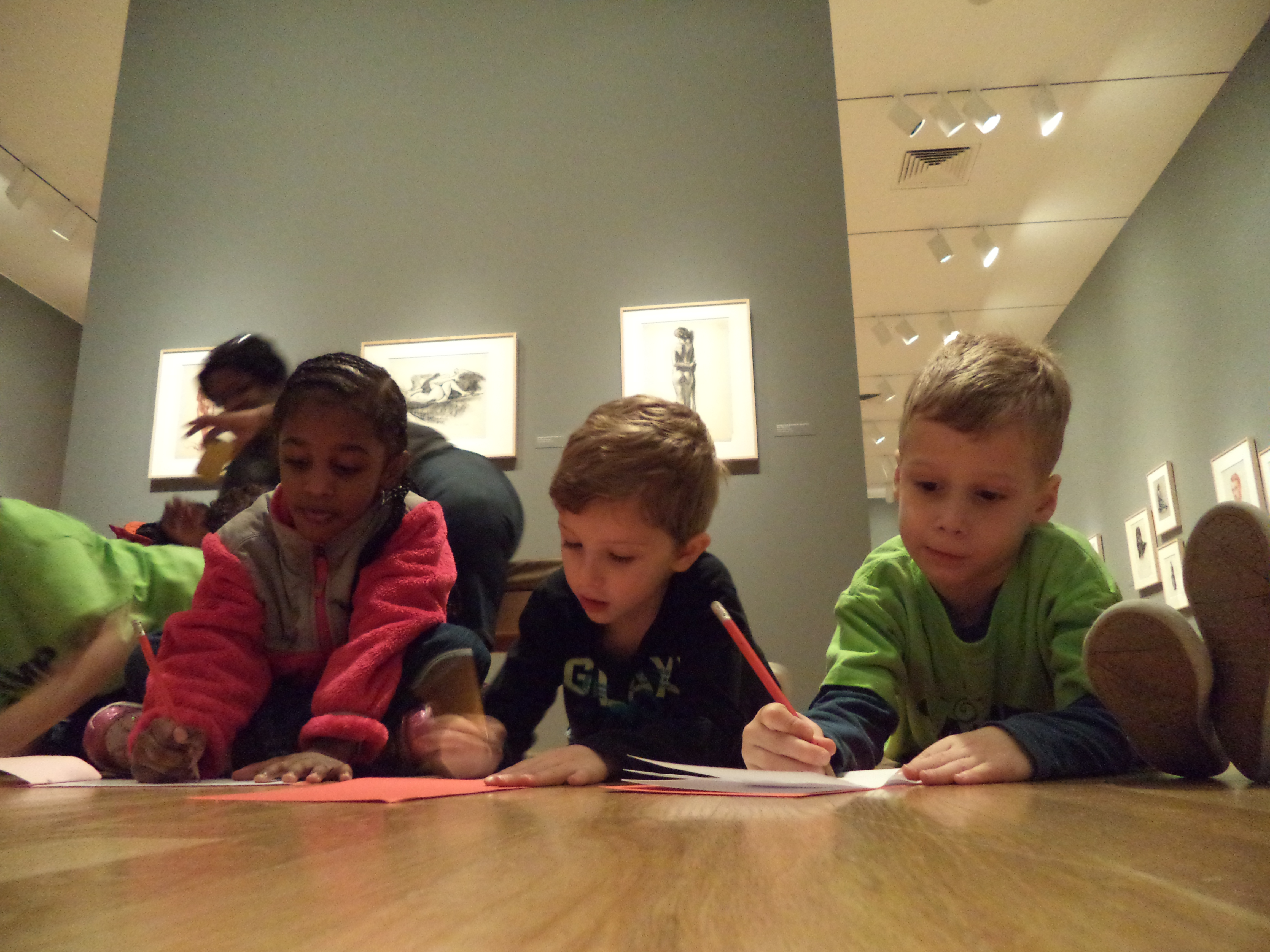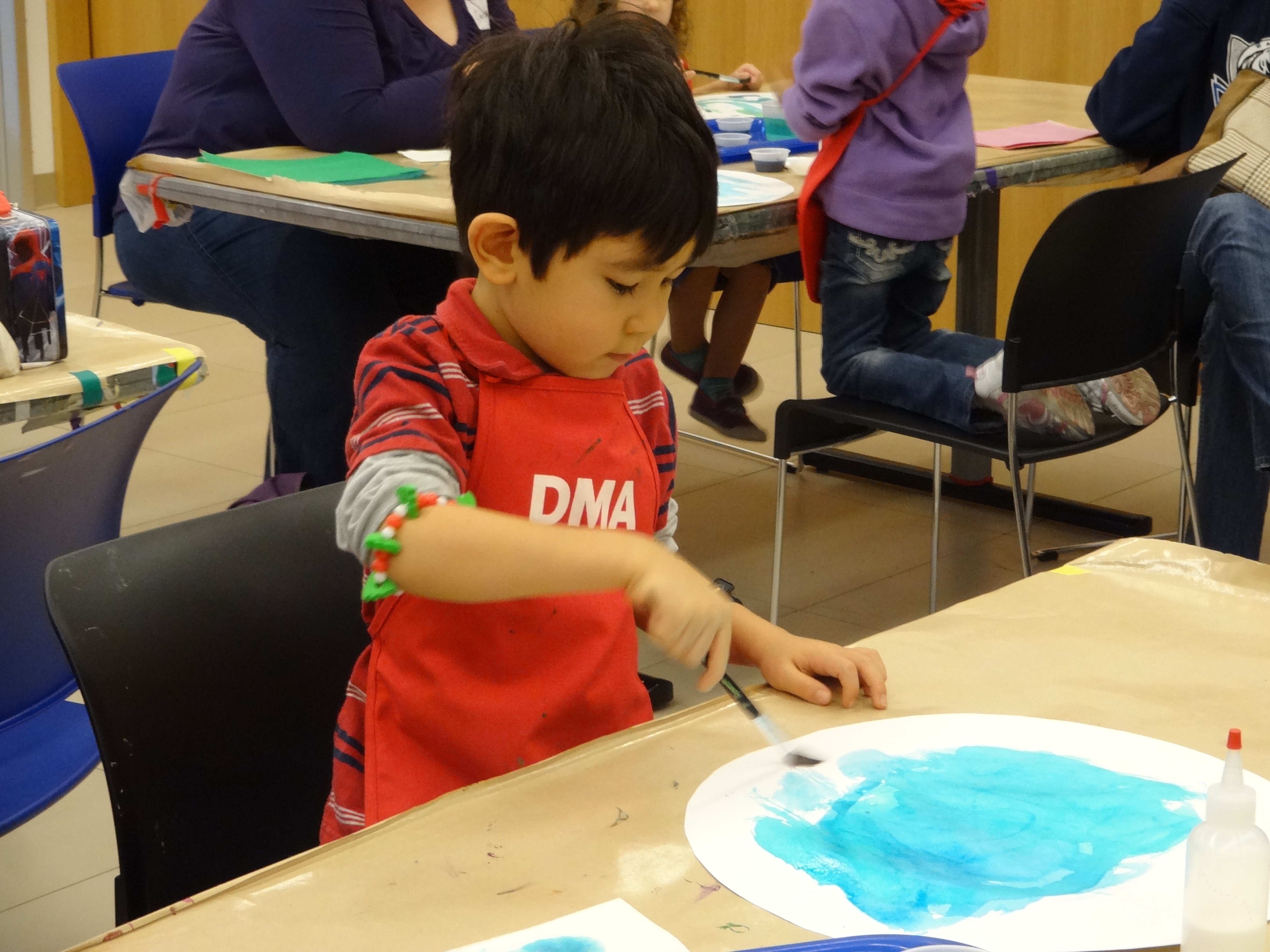As the school year ends and our outstanding DMA docents take a well-deserved summer break, we want to celebrate another successful year of K-12 visits! The year’s been jam-packed with exciting exhibitions, new learning experiences (did you know we now offer a STEAM tour?), and, of course, a multitude of tours and programs geared to help visitors of all ages feel at home in the Museum and discover art. Let’s take a look at our stats for the year:
- DMA Docent Penny Hardy leading a tour.
- DMA Docent Jane Sibley using music to help students make connections.
- Students from Irma Lerma Rangel posing on their final STEAM tour of the year.
- Students enjoying Eagle Family Plaza.
- DMA Docent Linda Livingston leading a tour.
- Angela Medrano, McDermott Intern for Gallery and Community Teaching, leading a tour.
How many groups visited the Museum?
- 1,284 Visits Scheduled
- 720 Schools or Community Groups
- 103 Independent School Districts from Texas, Oklahoma, Louisiana, Iowa, and Florida
How many students received docent-guided tours?
- 36,495 K-12 students
- Approximately 2,700 hours discussing works of art with students!
What were the most popular tours?
- A Looking Journey: 17,343 4th graders; 1,166 hours in the gallery
- Mesquite Week: 2,740 students: 118 hours
- STEAM: 497 students; 33 hours
- Stories in Art: 1,596 2-3rd graders; 110 hours
- Collection Highlights: 2,550 students; 213 hours
- Arts of the Americas: 4,361 5th graders; 293 hours
How many visitors toured special exhibitions?
- Divine Felines: Cats of Ancient Egypt: 792 visitors; 53 hours
- Art & Nature in the Middle Ages: 678 visitors; 55 hours
- México: 1900-1950: 2,507 visitors; 199 hours
What do our visitors say about their experience at the DMA?
“Our 5th graders really enjoyed their visit to the DMA. Our docents were great, and I even learned something new! The tour went well, we had enough time to explore on our own, and we ended up having lunch in the courtyard. It was a wonderful, new experience for them. Thank you!” – Founders Classical Academy, Oct. 28
“We had a wonderful time. All museum staff were friendly. Our docent was outstanding. She spoke directly to the kids, she was animated, energetic, enthusiastic and passionate. She made the tour very interesting. She has amazing storytelling skills. She pulled us all in with her soft spoken mannerism and entertained and educated us all with her knowledge.” – Bennett Elementary, Jan. 11
“I wanted to take a moment and thank you and your staff for being so professional and hospitable during our Museum visit and tour on February 28th. All of the teachers had glowing reports of how well things went this year and how much our students enjoyed their time. These museum visits are the things our students will remember decades from now and are very impactful to them culturally and artistically. Our teachers and students also enjoyed having the time to walk through and enjoy the museum after the tour. Please pass my thanks and appreciation on to the docents and staff at your museum. PS We are already looking forward to next year!” – Maple Lawn Elementary, Feb. 28
Thank you to all our volunteers, staff, and visitors for an amazing school year!
Lindsay O’Connor
Manager of Docent and Teacher Programs
Madeleine Fitzgerald
Audience Relations Coordinator
